Retro Replay Review
Gameplay
Amaranth III reshapes its combat systems by embracing turn-based mechanics without sacrificing the freedom of movement fans loved in its predecessors. Each character is allotted a pool of action points, which can be spent on attacking, casting spells, or repositioning on the battlefield. This change introduces a layer of tactical depth—careful planning is required to ensure every point is used efficiently, especially when facing the game’s tougher steam-powered foes.
(HEY YOU!! We hope you enjoy! We try not to run ads. So basically, this is a very expensive hobby running this site. Please consider joining us for updates, forums, and more. Network w/ us to make some cash or friends while retro gaming, and you can win some free retro games for posting. Okay, carry on 👍)
The newly introduced Vigour system further enriches the strategic dimension. As characters expend action points or take damage, their Vigour bar depletes, directly impacting their hit points. This mechanic forces players to weigh risk versus reward: push your hero to the limit for a decisive blow, or rest at an inn to recover and avoid a potentially costly collapse during key skirmishes.
While Amaranth III leans into pre-set, story-driven battles reminiscent of classic strategy RPGs, it smartly retains exploration elements between encounters. You can still wander towns, speak with locals, and forage for hidden items, which keeps the game from feeling like a strictly linear tactics title. This balance ensures that every encounter feels meaningful, yet the world never becomes a simple backdrop for menus and grids.
The learning curve is accessible to newcomers yet offers enough complexity for veterans. Detailed tooltips explain every stat and ability, while optional tutorials guide you through the transition from action RPG traditions to this new, turn-based paradigm. As a result, players can jump right into the story of Lyann and Din without feeling overwhelmed by mechanics.
Graphics
Graphically, Amaranth III is a striking departure from its medieval roots, adopting a lush steampunk style that permeates every asset. Trains hiss and whistle in the background, brass pipes gleam under sunlit skies, and clockwork automatons patrol the city streets. These visual flourishes give the world an industrial charm that contrasts beautifully with the organic fantasy elements carried over from earlier titles.
Character models are detailed and expressive, capturing Lyann’s steely determination and Din’s ethereal grace. Facial animations during dialogue scenes add emotional weight to key story beats—when Din is feted in Dematria or when the horrors of Magnelia’s massacre unfold, you can see the fear and sorrow reflected in their eyes. This level of nuance fosters a deeper connection to the protagonists.
The battlefields themselves are richly textured, from the cobblestone platforms of Magnelia’s train station to the mist-shrouded outskirts where rogue steam tanks lie in wait. Dynamic lighting and particle effects—sparks flying from a damaged automaton, or a healing aura glowing around Din—immerse you fully in every confrontation. Even on mid-range hardware, frame rates remain smooth, ensuring tactical decisions aren’t hampered by performance hiccups.
User interface improvements deserve a mention. Menus are clean, with steampunk-inspired iconography and easy-to-navigate layouts. Your action points, vigour levels, and skill cooldowns are always clearly displayed, so you can focus on the strategy rather than wrestling with obscure menus.
Story
Picking up directly after the events of Amaranth II, the narrative thrust of Amaranth III quickly reestablishes the bond between Lyann Fremdes and Din. Returning to Dematria provides a bittersweet reunion: the city celebrates Din’s miraculous healing gifts, yet an undercurrent of political intrigue hints that peace may be fleeting. This early tension sets the tone for a storyline that deftly weaves personal stakes with broader conflicts.
The dramatic pivot occurs in Magnelia, where a surprise invasion paints the train station in blood. Witnessing innocent civilians caught in the crossfire drives home the ruthlessness of the enemy and raises the story’s stakes considerably. Lyann and Din are forced into hiding, and their journey to uncover the technologically advanced foe’s motives unfolds as a fast-paced thriller filled with betrayal, ancient secrets, and unexpected allies.
Dialogues are well-written, balancing earnest character moments with lighter banter that prevents the plot from becoming overly grim. Side conversations between Lyann and Din reveal their evolving relationship, while encounters with NPCs flesh out the world’s political factions and moral dilemmas. The result is a narrative that never feels padded—each quest contributes to both character growth and the unfolding mystery.
Amaranth III’s pacing is expertly handled. After the shocking opening of Magnelia, you’re constantly propelled forward by cliffhangers and revelations. Even as the game pauses for strategy battles, the story beats remain front and center, ensuring you’re always invested in the outcome rather than treating fights as mere obstacles.
Overall Experience
Amaranth III strikes a rare balance between strategy depth and narrative immersion. The shift to turn-based combat and the introduction of Vigour give battles a fresh sense of purpose, while exploration and story interludes keep the world lively. Whether you’re a longtime fan of the series or new to Lyann and Din’s saga, the game welcomes you with intuitive mechanics and compelling stakes.
The steampunk aesthetic, paired with lush environments and cinematic animations, creates one of the most visually cohesive fantasy settings in recent memory. From the jubilant streets of Dematria to the war-torn alleys of Magnelia, every location tells its own story and invites you to linger. Add a stirring orchestral score punctuated by industrial flourishes, and you have an audiovisual package that elevates even the most routine encounters.
Replayability is bolstered by multiple difficulty settings and optional challenges. You can pursue hidden side quests that delve into supporting characters’ backstories or test your tactical mettle in bonus arenas. Collectibles, crafting materials, and alternate dialogue choices offer reasons to revisit key chapters, ensuring Amaranth III remains engaging long after the credits roll.
In sum, Amaranth III offers a rewarding blend of story, strategy, and spectacle. It thoughtfully evolves the series’ formula while preserving the heartfelt character moments that drew fans in the first place. For anyone seeking a fantasy adventure with steampunk flair and robust tactical gameplay, this installment is not to be missed.
 Retro Replay Retro Replay gaming reviews, news, emulation, geek stuff and more!
Retro Replay Retro Replay gaming reviews, news, emulation, geek stuff and more!
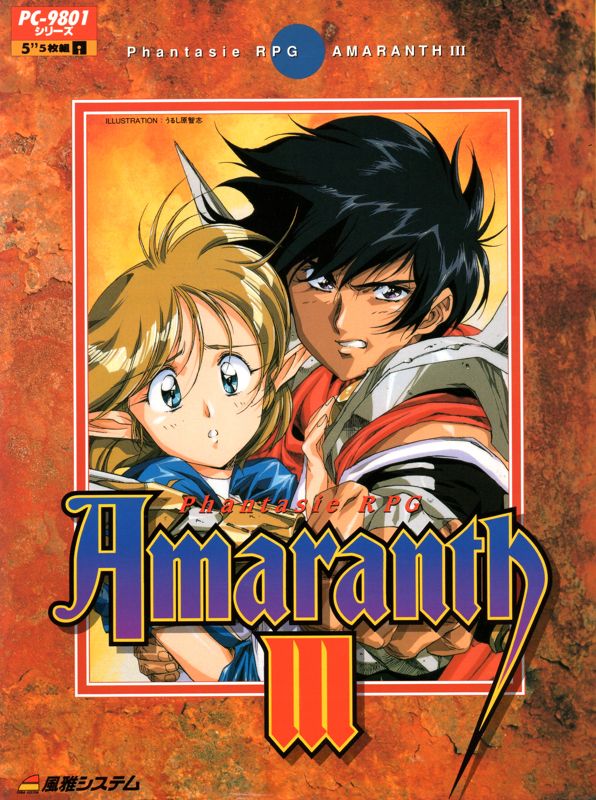
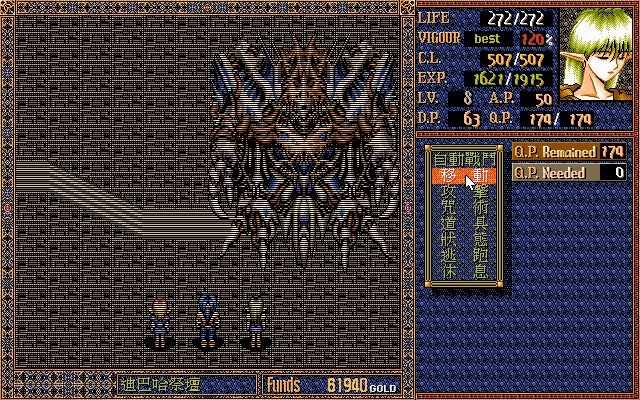
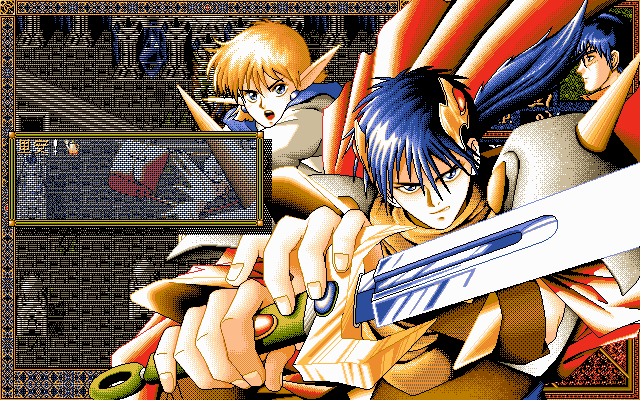
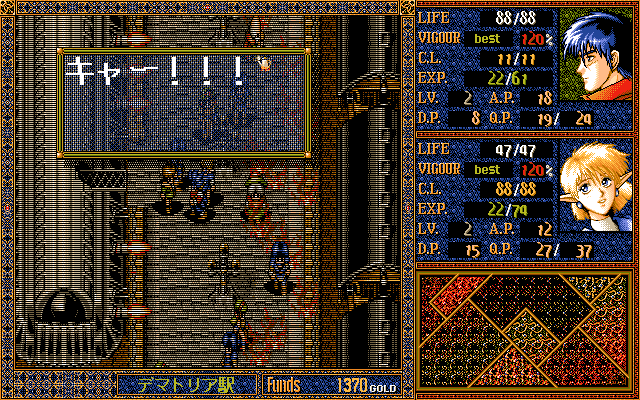
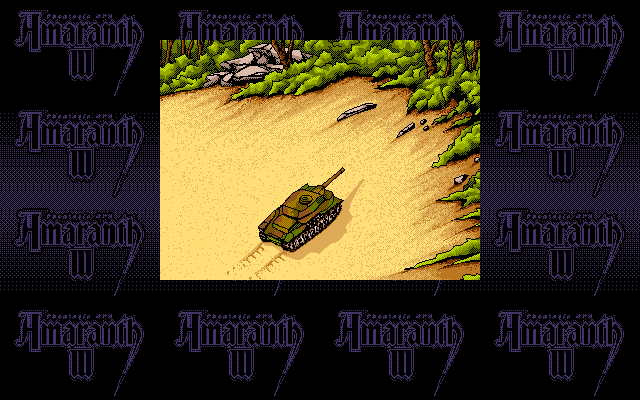
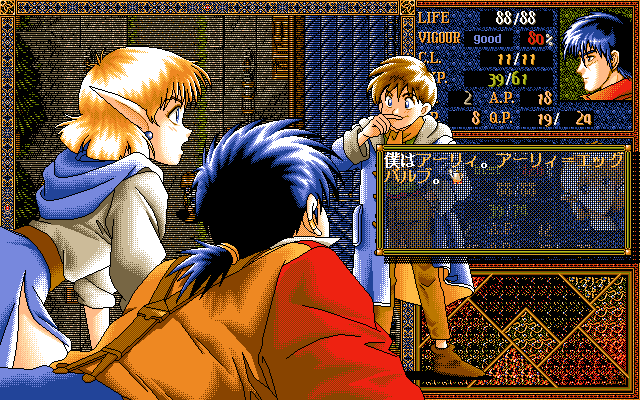



Reviews
There are no reviews yet.